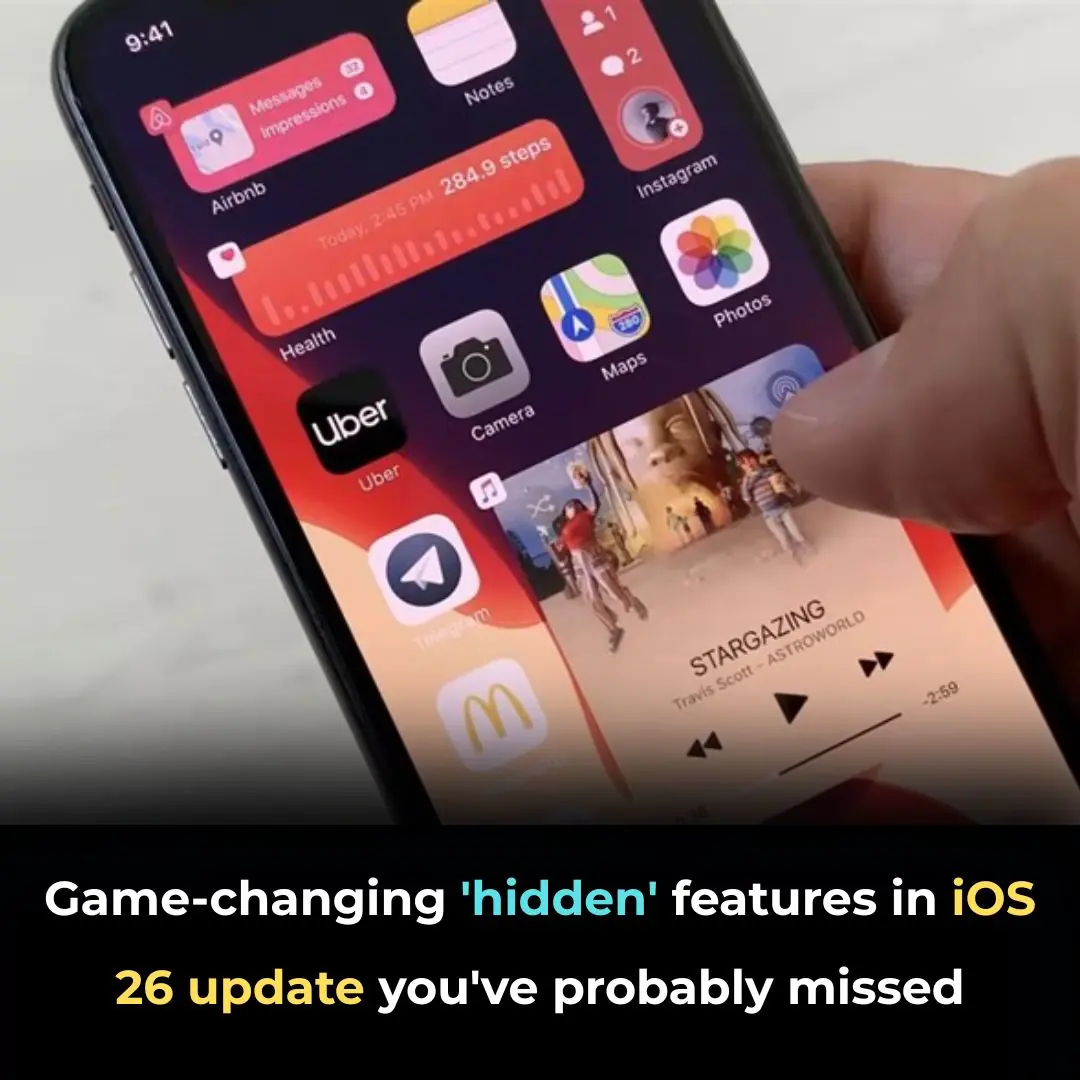
Blind Man Can Now See Through His Tooth After Losing Sight 20 Years Ago – He Explains How It Works
When Brent Chapman lost his sight at just 13 years old, his world suddenly shrank to darkness. A rare allergic reaction to a common painkiller, ibuprofen, sent him into a month-long coma. When he finally awoke, his eyes had suffered irreversible damage. Despite numerous attempts—from corneal transplants to experimental therapies—nothing restored his vision. For over two decades, Chapman lived in a world of shadows, a reality shared by millions globally who face blindness or severe vision impairment. But his story didn’t end in darkness.
In what sounds like something out of a science fiction novel rather than a medical procedure, Chapman’s vision has now been restored thanks to an extraordinary surgery involving one of his own teeth as a crucial component of his eye.
A Radical Surgery with an Unusual Name
Known medically as osteo-odonto-keratoprosthesis and colloquially called “tooth-in-eye surgery,” this groundbreaking operation gave Chapman the chance to see again after twenty years without sight. Surgeons extracted one of his teeth, carefully reshaped it, and implanted it into his eye, fitted with a tiny optical lens acting as a new cornea. Developed in the 1960s, the surgery remains incredibly rare, performed only a few hundred times worldwide, and Chapman is among the first in Canada to undergo it.
Today, his vision measures around 20/30 in the treated eye—clear enough to read, walk unaided, and even play basketball again. Chapman’s journey is not only a story of revolutionary medicine but also a testament to human resilience, the surprising creativity of science, and the profound joy of rediscovering a world once thought lost.
The Long Descent Into Blindness
Chapman’s vision loss began in a startling way—during a high school basketball game. After developing a mild illness, he took ibuprofen, which triggered an extreme allergic reaction known as Stevens-Johnson syndrome. This rare, life-threatening condition causes severe skin and mucous membrane damage, including the corneas of the eyes. Within days, Chapman’s corneas were scarred and clouded, blocking light from reaching the retina. His left eye was completely blinded, while the right retained only faint vision.
Following a 27-day coma, he awoke to a dim, unrecognizable world.
Over the next 20 years, Chapman’s life revolved around repeated surgeries—ten corneal transplants in total. Each transplant offered a fleeting glimpse of hope, only to be shattered when the grafts failed. Doctors compared the experience to planting flowers in a desert: no matter the care, the transplanted corneas could not survive in the damaged, hostile tissue left by his condition.
Emotionally drained yet determined, Chapman traveled globally in search of a solution. By his early thirties, however, he had nearly resigned himself to permanent blindness.
A Glimmer of Hope
Despite his hardships, Chapman remained quietly determined. He worked as a massage therapist and adapted to life without sight, using a cane and other tools to navigate. Yet the yearning for vision never faded. “It was devastating every time I lost vision again,” he reflected. “We couldn’t keep going down that road.”
His search led him to Dr. Greg Moloney, an ophthalmologist in Vancouver, who proposed an unusual and daring alternative. Initially, Chapman thought it was a joke—a surgery that sounded more like science fiction than medicine. But the procedure was real, and it would change his life forever.
The Science Fiction Surgery Becomes Reality
Developed by Italian surgeon Benedetto Strampelli in the 1960s, the procedure involves replacing a damaged cornea—the eye’s natural windshield—with a tiny optical lens embedded within a patient’s own tooth.
Here’s how it works:
-
A strong tooth, typically a canine, is extracted along with a small piece of jawbone.
-
The tooth is reshaped into a block about four millimeters thick.
-
A hole is drilled in its center, where a tiny optical cylinder (a prosthetic lens) is implanted.
-
The tooth-lens assembly is then placed inside the patient’s cheek or under the eyelid for several months. This allows living tissue to grow around the implant, ensuring the body accepts it biologically.
-
Finally, surgeons create a space in the damaged eye and implant the tooth-lens complex where the cornea once was. Oral tissue often covers the implant, leaving the eye with a faint pinkish tint.
For Chapman, this process unfolded over several months. His tooth was removed in February, implanted into his cheek, and then transplanted into his right eye by June. A final adjustment in August helped correct the lens’s alignment, and the procedure was a success.
Rediscovering the World
The moment his bandages came off, Chapman’s world transformed. He immediately noticed hand movements, even before full healing. Over weeks, his vision sharpened dramatically—he could read letters, recognize faces, and experience the vibrant visual world he had missed for two decades. “When Dr. Moloney and I made eye contact, we both burst into tears,” he said. “I hadn’t really made eye contact in 20 years.”
The practical benefits were profound: walking unaided, reading books, confidently navigating spaces, and returning to basketball—the very sport he played before losing his sight. Chapman delighted in simple pleasures—the Vancouver skyline, nature’s colors, and, most poignantly, the faces of his young niece and nephew. “They’re just so cute and so much fun,” he said, expressing the joy of seeing them clearly for the first time.
Limits and Risks
The surgery isn’t without challenges. Chapman experiences some glare and wears sunglasses to manage light sensitivity. Doctors estimate about a 50% chance of maintaining his current vision level for 30 years, although the implant itself is more durable.
For Chapman, the benefits far outweigh the risks. “Vision comes back, and it’s a whole new world,” he said. The procedure has rekindled his dreams and allowed him to plan a future free from the fear of sudden blindness.
Why Use a Tooth?
The answer lies in biology. The human body tends to reject foreign materials, especially in the sensitive environment of the eye. Traditional synthetic implants often fail, and corneal transplants don’t work when the eye’s surface is too scarred.
A tooth, as part of the patient’s own body, is recognized as “self” and avoids rejection. It acts as a living scaffold anchoring the prosthetic lens securely. Dr. Moloney likens it to “planting a cactus in the desert”—it thrives where nothing else will.
The surgery is reserved for severe cases where other treatments fail, including chemical burns, autoimmune disorders, or Stevens-Johnson syndrome. Patients must retain a healthy retina and optic nerve for the operation to be effective, as these convert light into signals the brain can interpret.
A Rare and Emotional Milestone
Only a handful of surgeons worldwide perform this complex surgery. Chapman was among the first in Canada, joining a few hundred patients globally who have benefited since the procedure’s inception. Operations can last over 12 hours, requiring coordination between eye surgeons, oral specialists, and dedicated teams.
For those who qualify, the results can be life-changing. Patients report seeing colors, recognizing faces, and reconnecting with the world after years of darkness. For doctors, witnessing these transformations is deeply emotional. “It’s like watching people come out of a time capsule,” Dr. Moloney said.
A Symbol of Resilience and Innovation
Chapman’s journey is more than a medical marvel; it’s a testament to human resilience and scientific ingenuity. What began as a devastating loss ended with a strange yet elegant solution—his own tooth restoring his sight.
He now looks forward to traveling, returning to work, and savoring everyday moments once taken for granted. His story offers hope to millions with vision loss, showing that science continues to push boundaries and that what once seemed like science fiction can become reality.
As Chapman puts it: “Vision comes back, and it’s a whole new world.” For him, that world includes the laughter of loved ones, the beauty of sunsets, and the simple joy of making eye contact again. For us all, his story is a powerful reminder of the unexpected paths science can take and the extraordinary miracles waiting to be discovered.
News in the same category

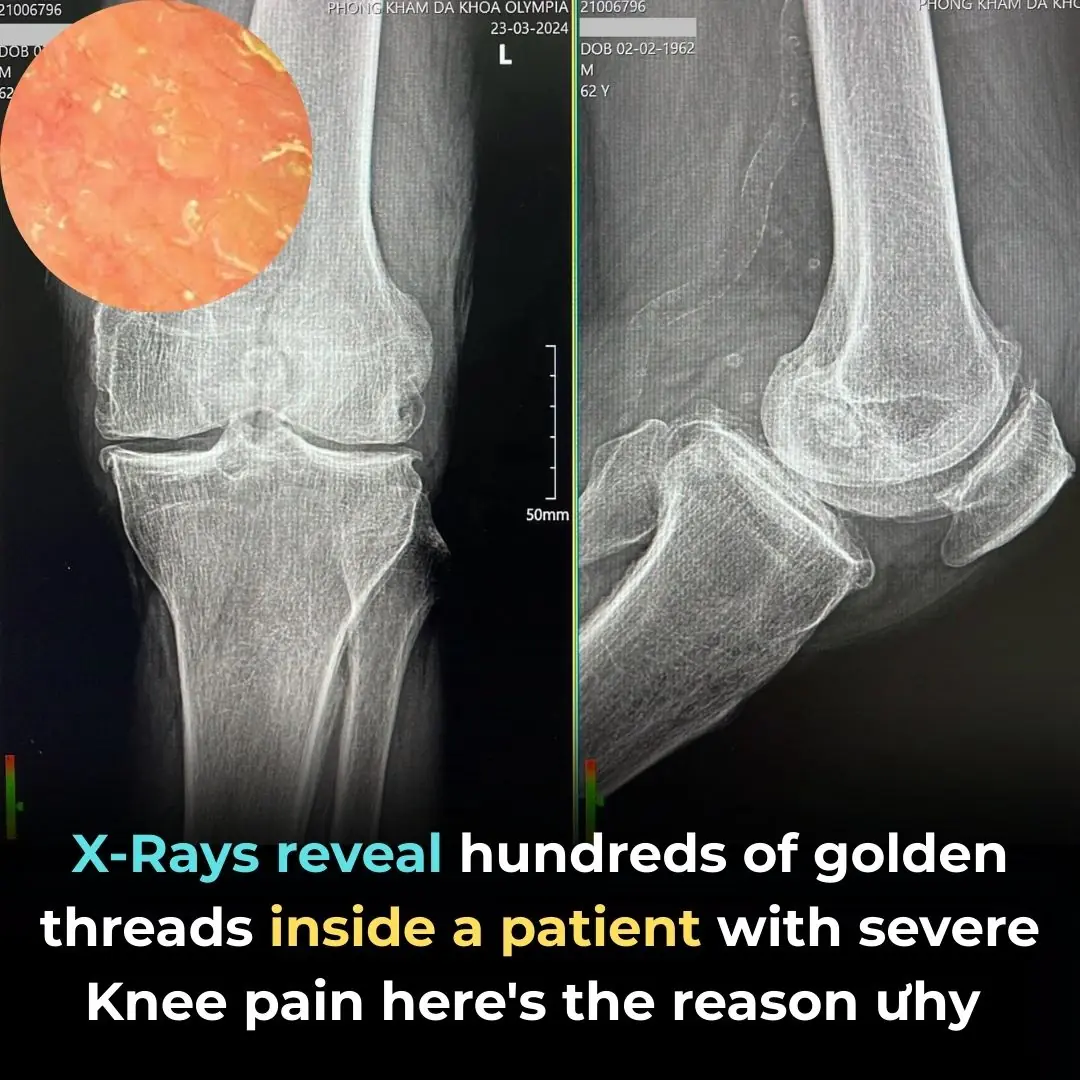
X-rays Reveal Hundreds of Golden Threads Inside a Patient with Severe Knee Pain — Here’s the Reason Why
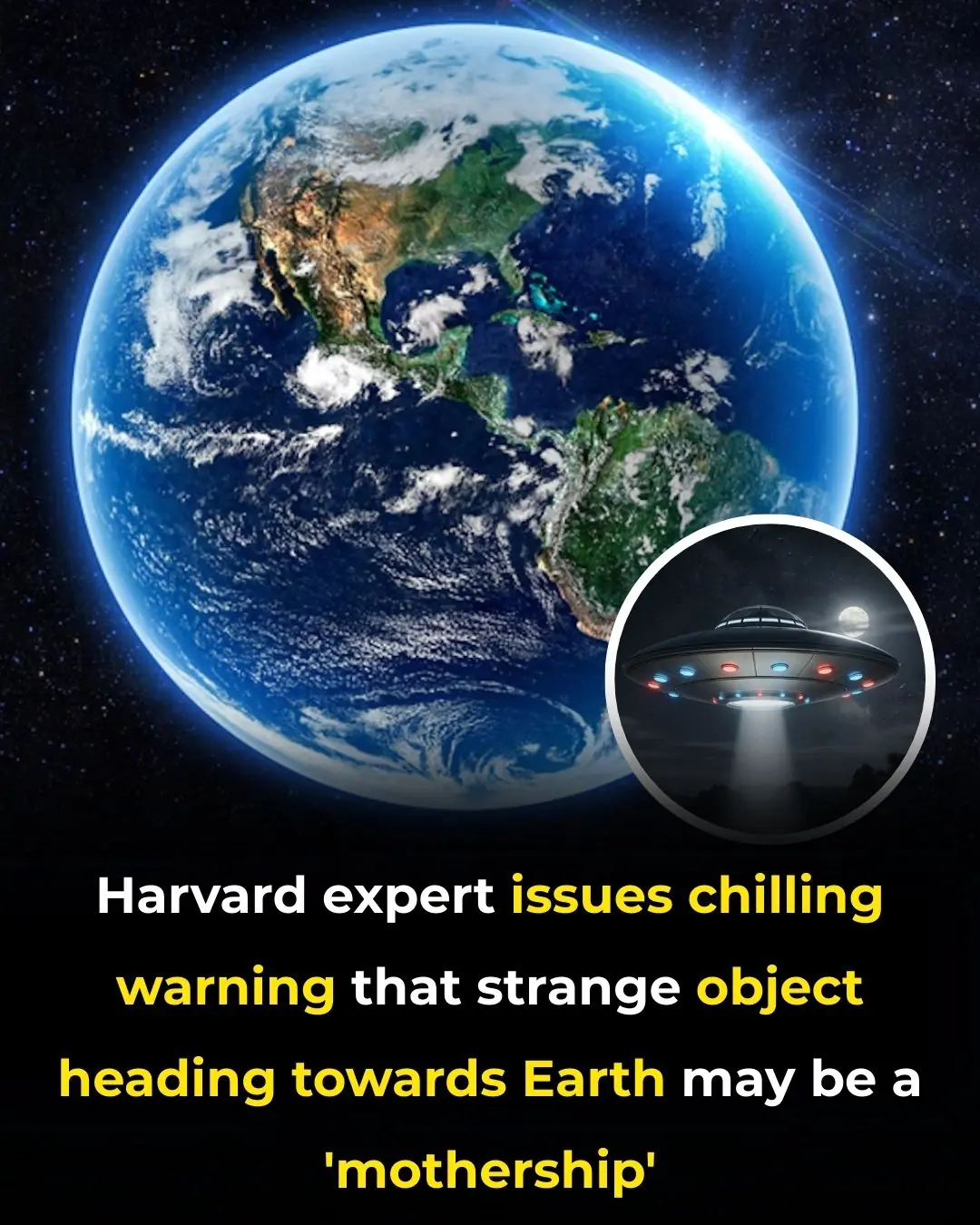
Harvard expert issues chilling warning that strange object heading towards Earth may be a ‘mothership'

Nvidia's futuristic 'robot brain' officially goes on sale to the public for insane price
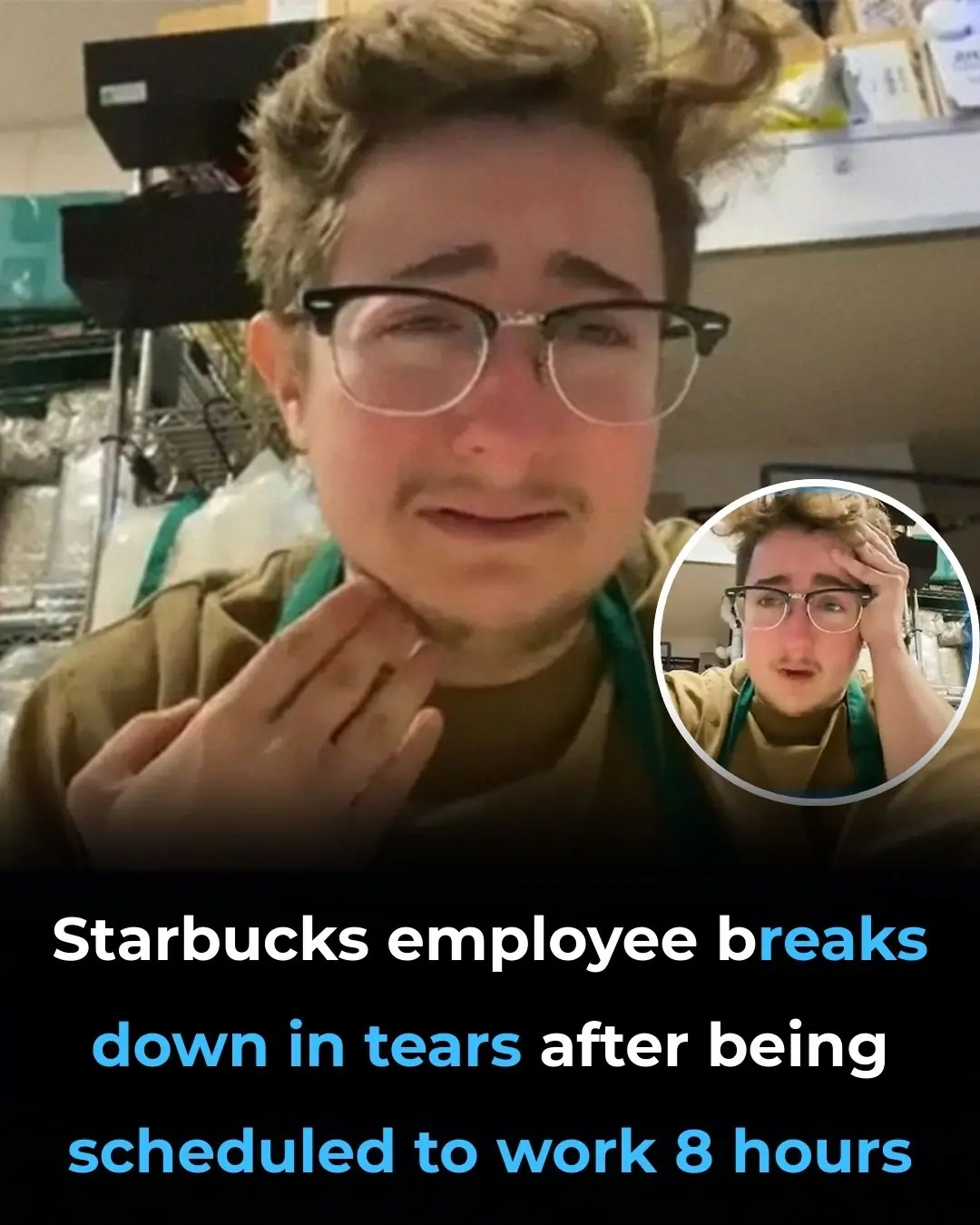
Emotional Starbucks Employee Reaction Over Long-Hour Shift Sparks Debate
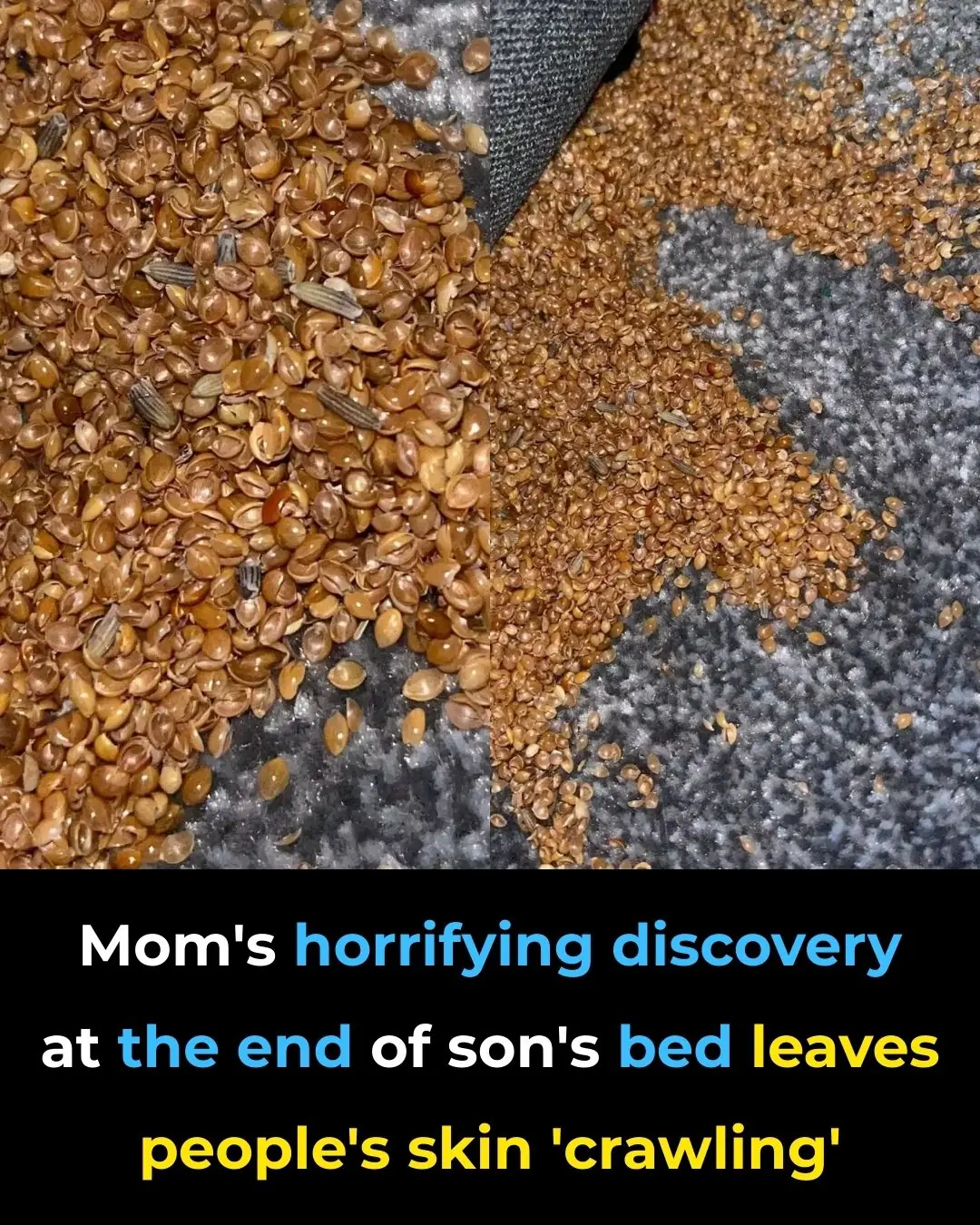
Shocking Discovery at Her Son’s Bed Leaves Mom Terrified
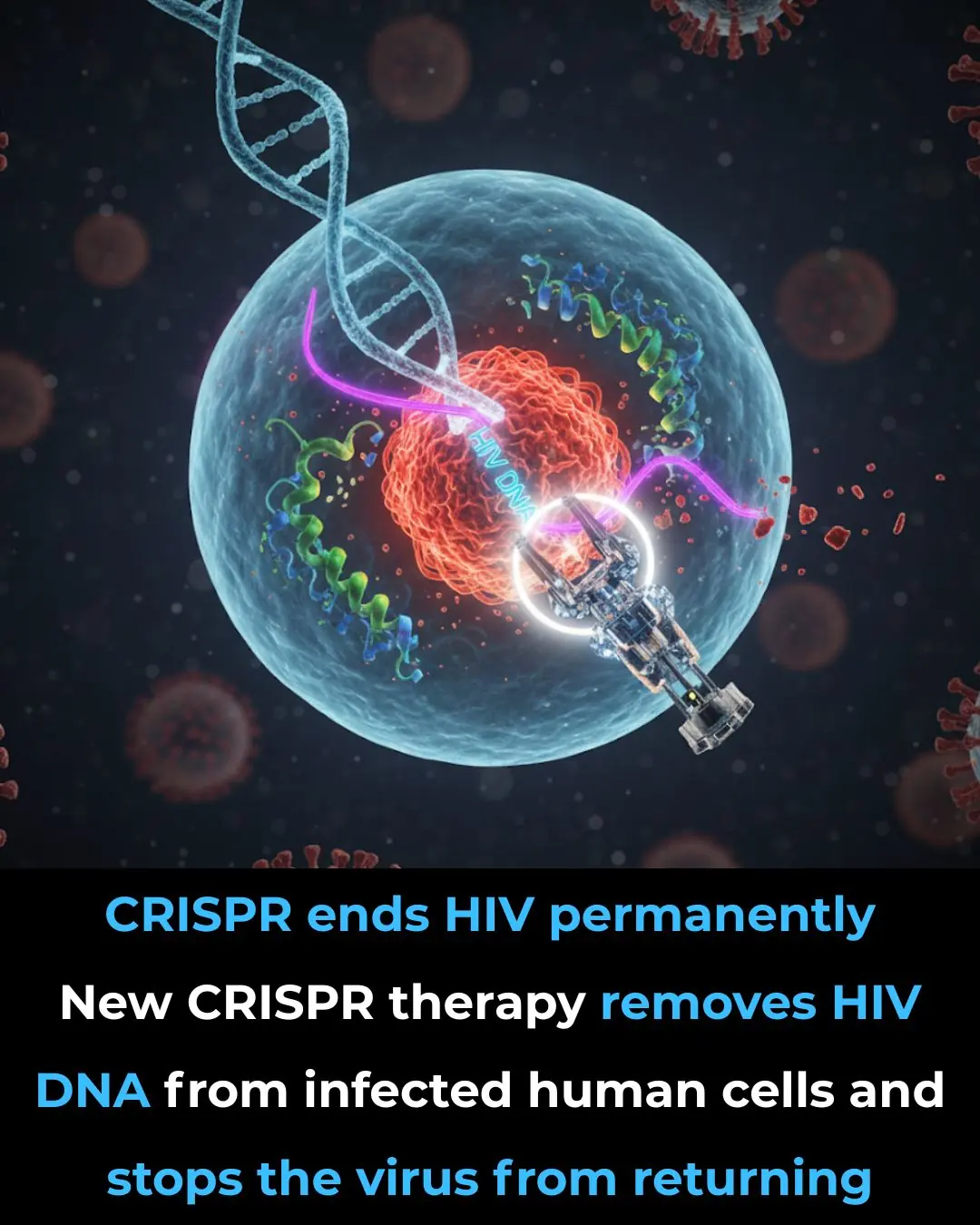
CRISPR Breakthrough: Scientists Achieve Complete HIV Eradication in Lab Cells

Northern lights alert : the best displays in years could be coming
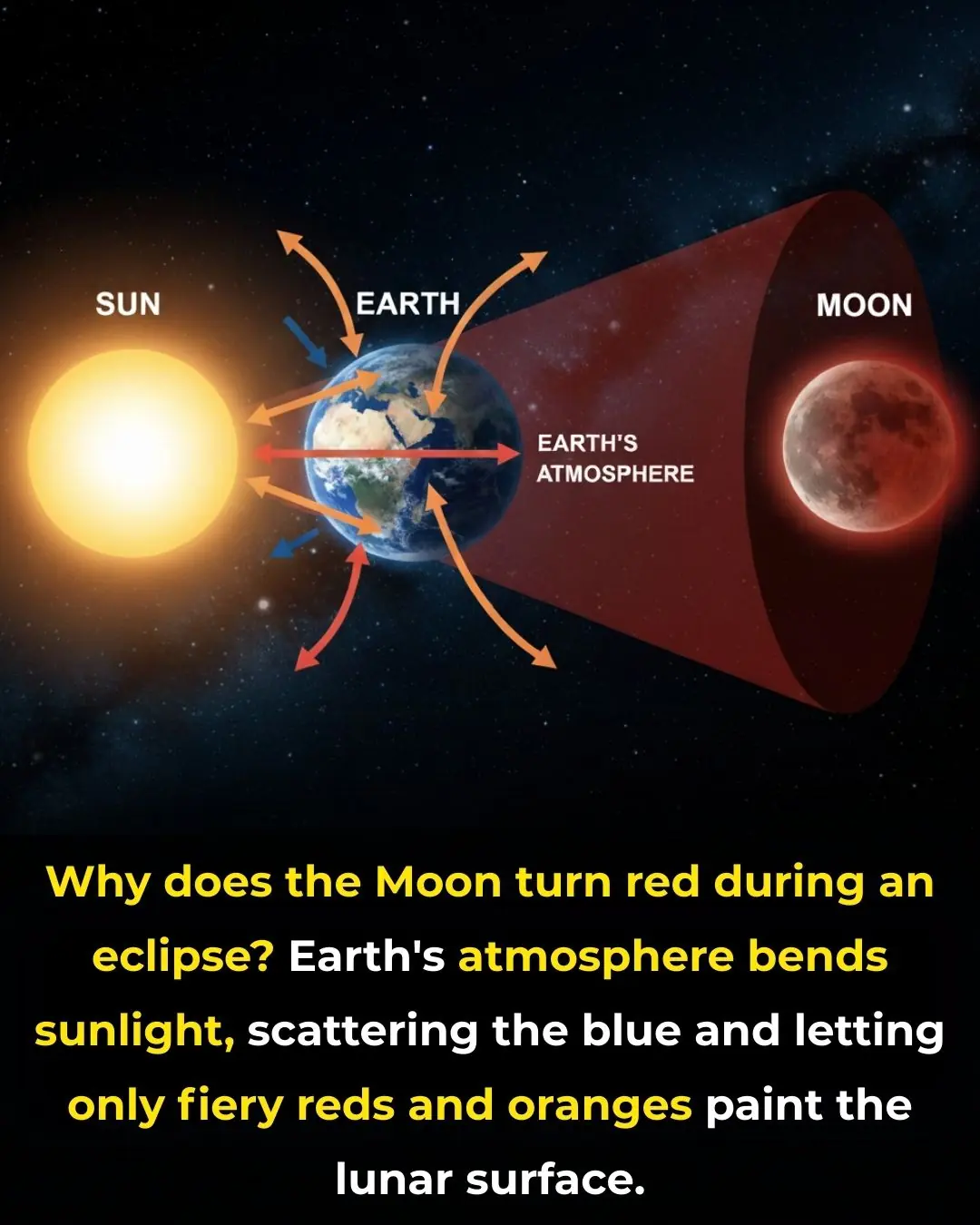
The Science Behind the Blood Moon: How Earth’s Shadow Creates the Red Glow

Germany’s Suitcase-Sized Turbine Powers 12 Homes from a Small Stream

First PlayStation 6 game could've just been revealed and people aren't impressed
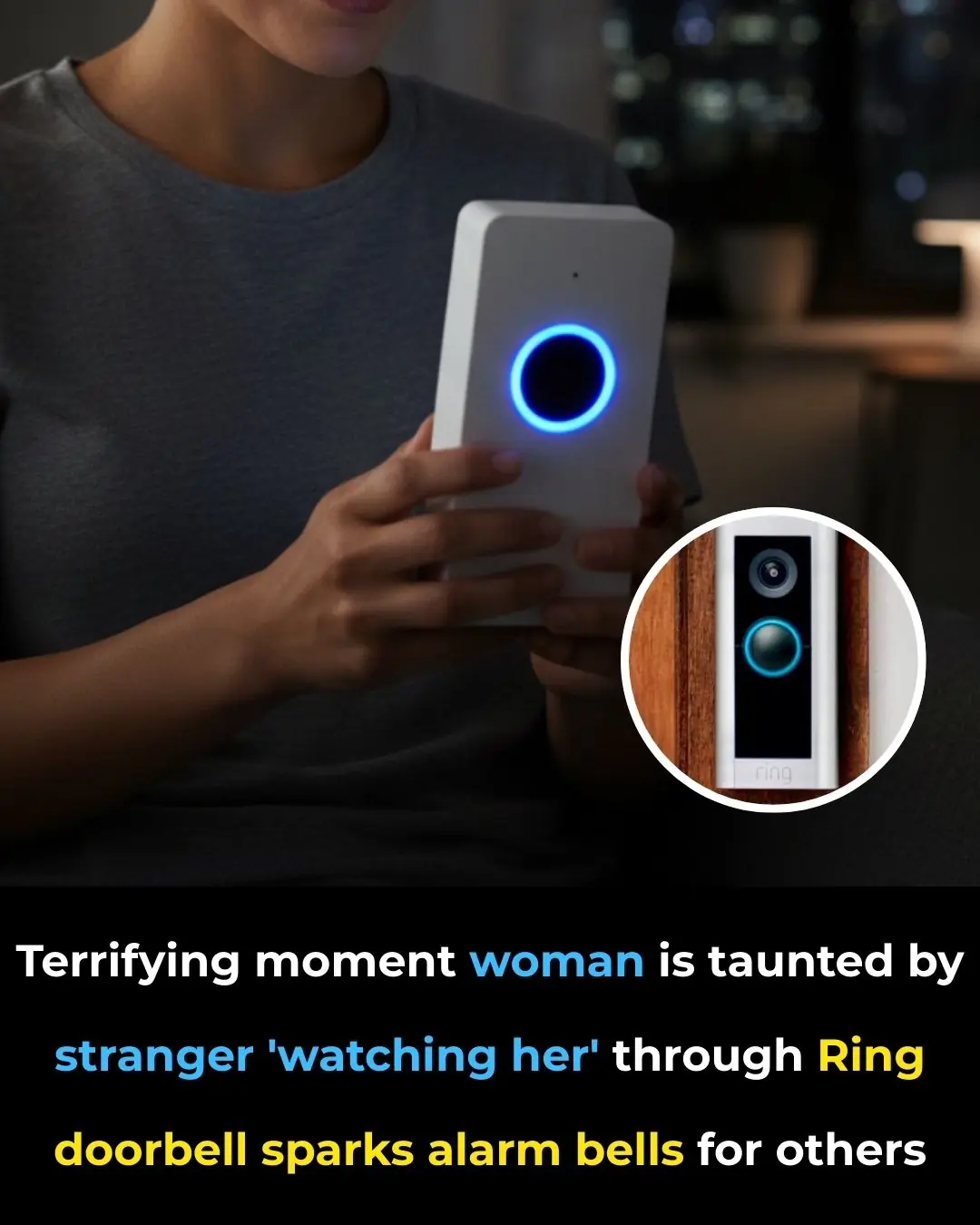
Terrifying moment woman is taunted by stranger 'watching her' through Ring doorbell sparks alarm bells for others

UFOs Are Swarming U.S. Military Zones—And One Just Crashed Into a Fighter Jet
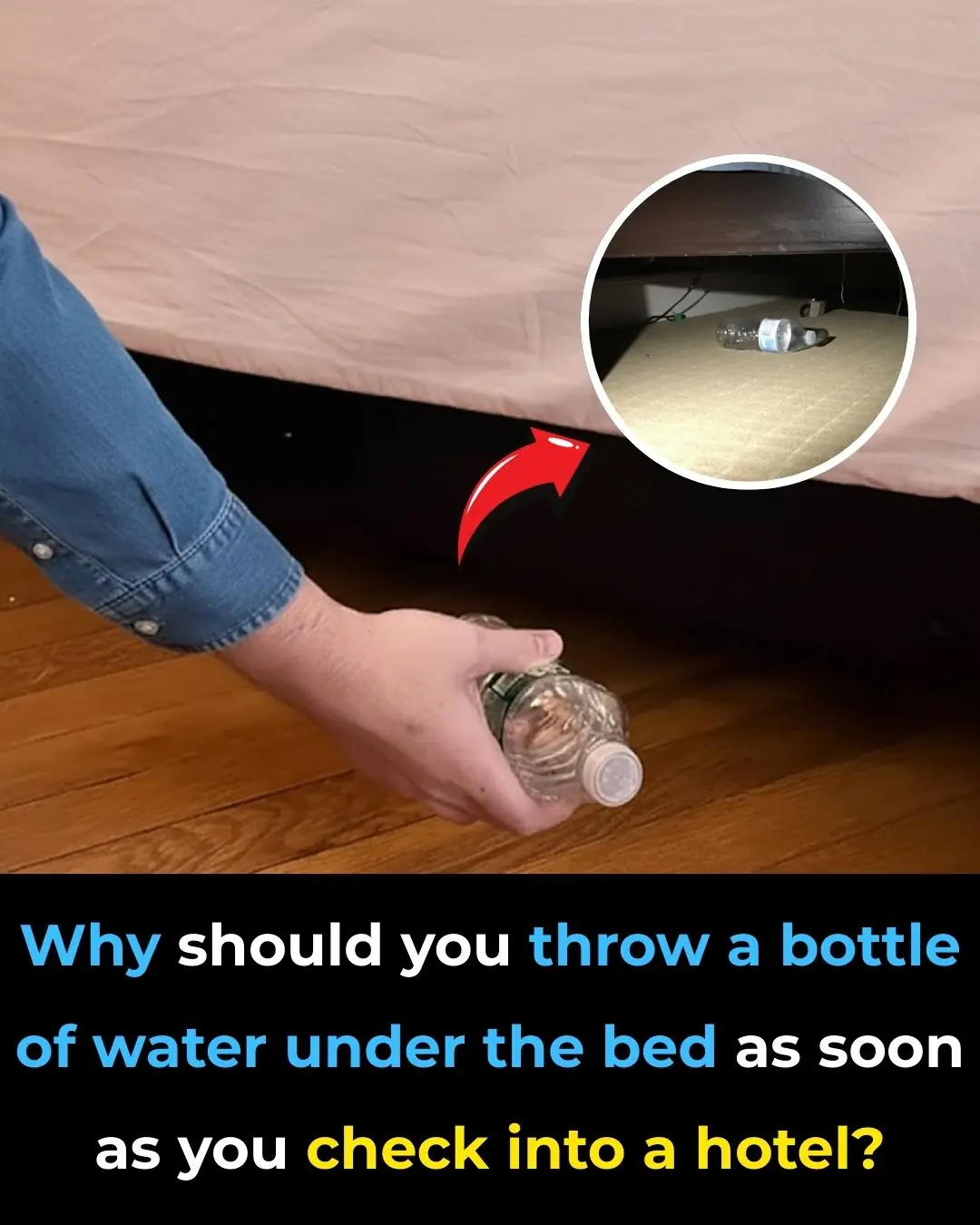
Why You Should Toss a Water Bottle Under Your Hotel Bed
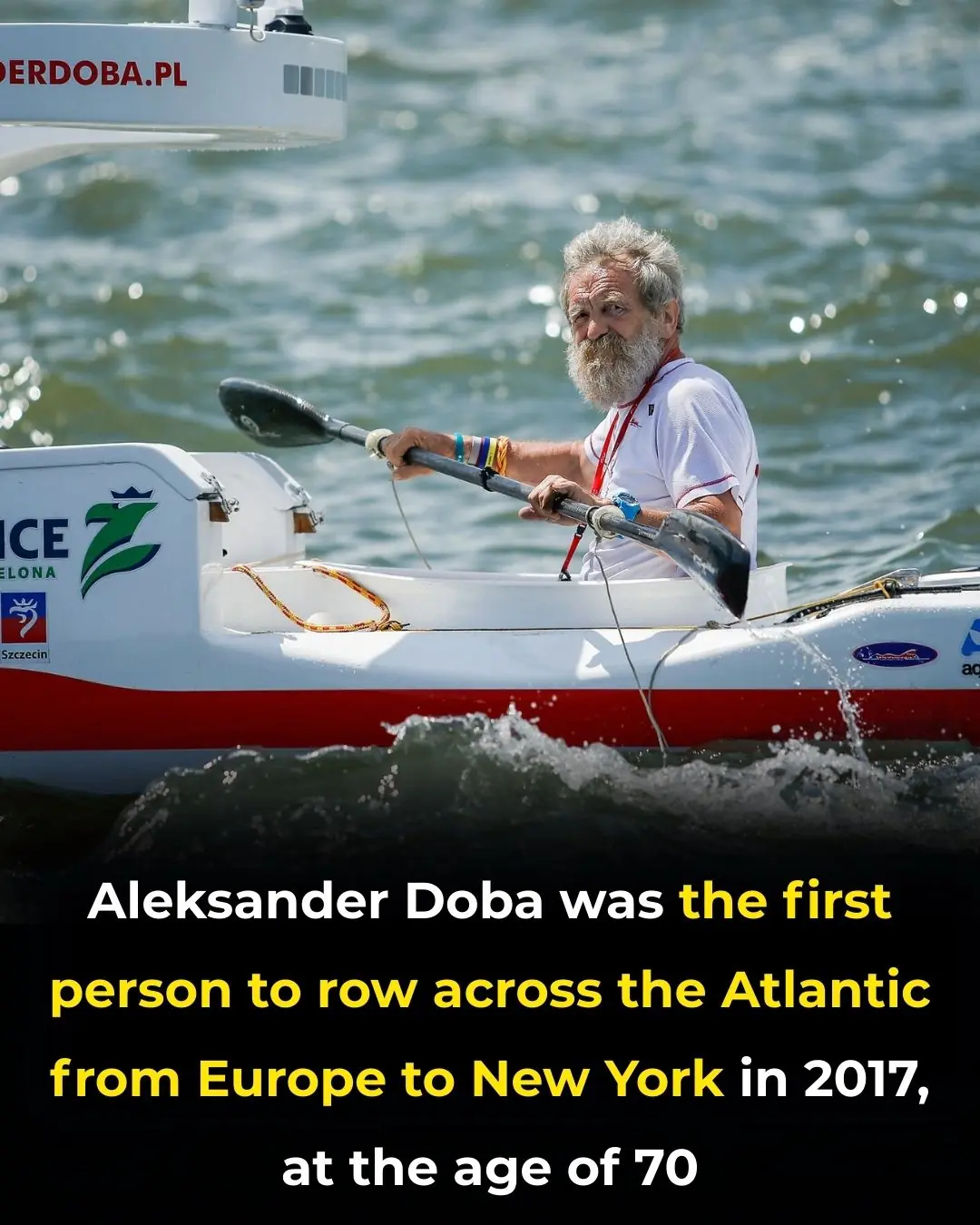
Remembering Aleksander Doba, Who Kayaked Across Atlantic

10 Breathtaking Frozen Lakes, Oceans And Ponds, That Look Like Art
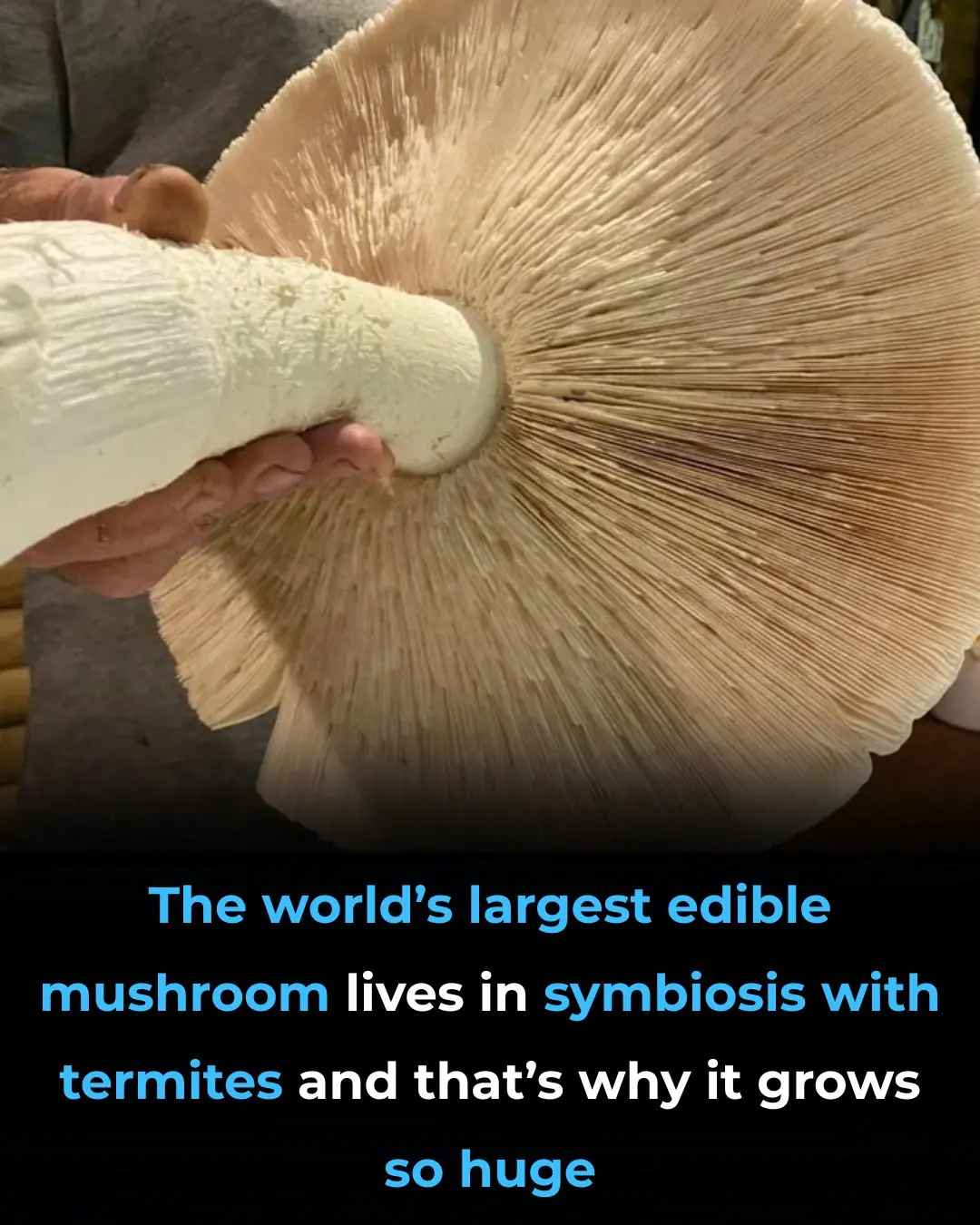
The World’s Largest Edible Mushroom Lives in Symbiosis with Termites and That’s Why It Grows So Huge

Calla Lily Valley Near Big Sur, California

Starlings Obscure the Sky Over Rome: A Dystopian Viral Photo
News Post

Game-changing 'hidden' features in iOS 26 update you've probably missed

X-rays Reveal Hundreds of Golden Threads Inside a Patient with Severe Knee Pain — Here’s the Reason Why

Harvard expert issues chilling warning that strange object heading towards Earth may be a ‘mothership'

Nvidia's futuristic 'robot brain' officially goes on sale to the public for insane price
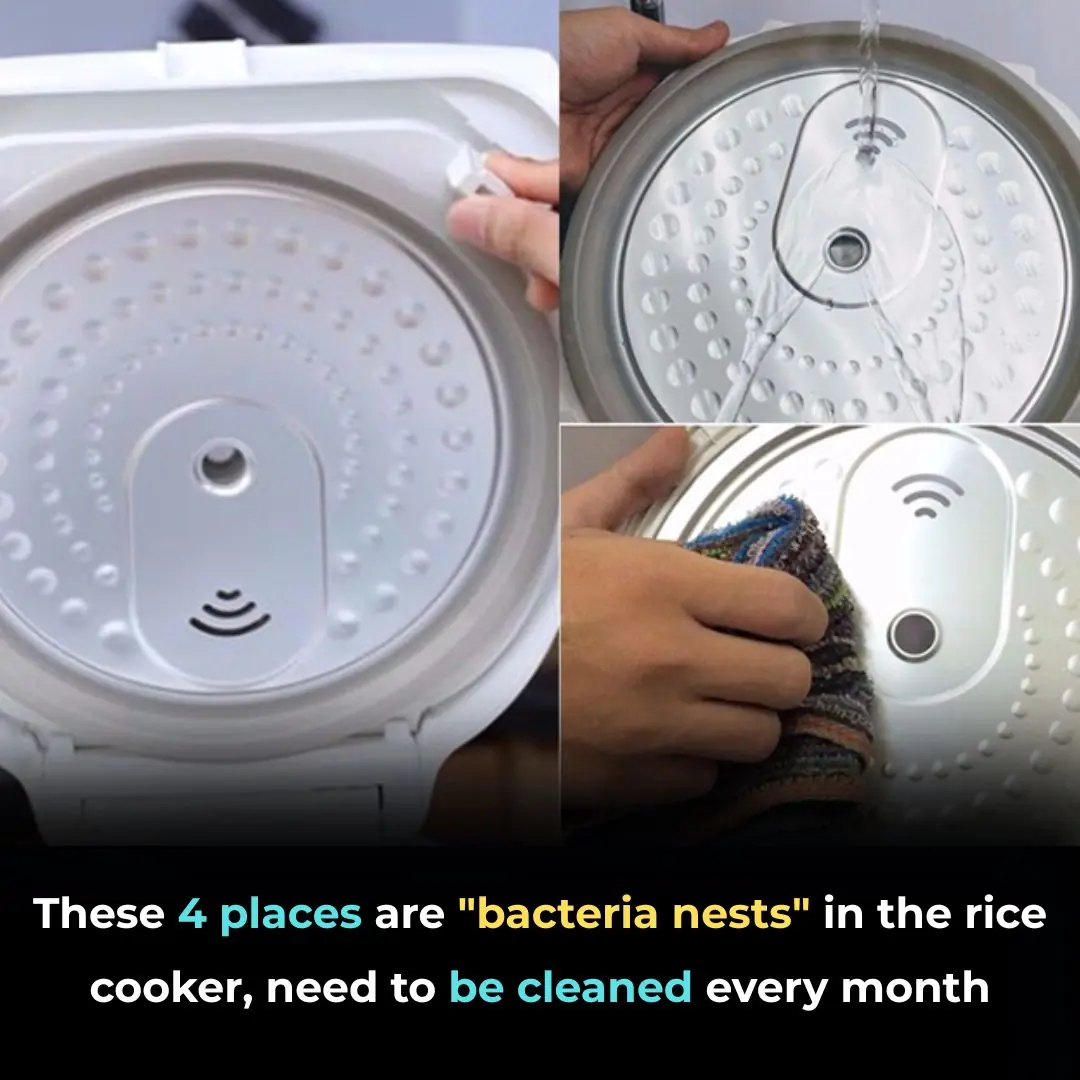
These 4 places are "bacteria nests" in the rice cooker, need to be cleaned every month

🌿 Wash Your Hair with This Herb and Watch Baby Hairs Grow Back Fast — Say Goodbye to Hair Fall
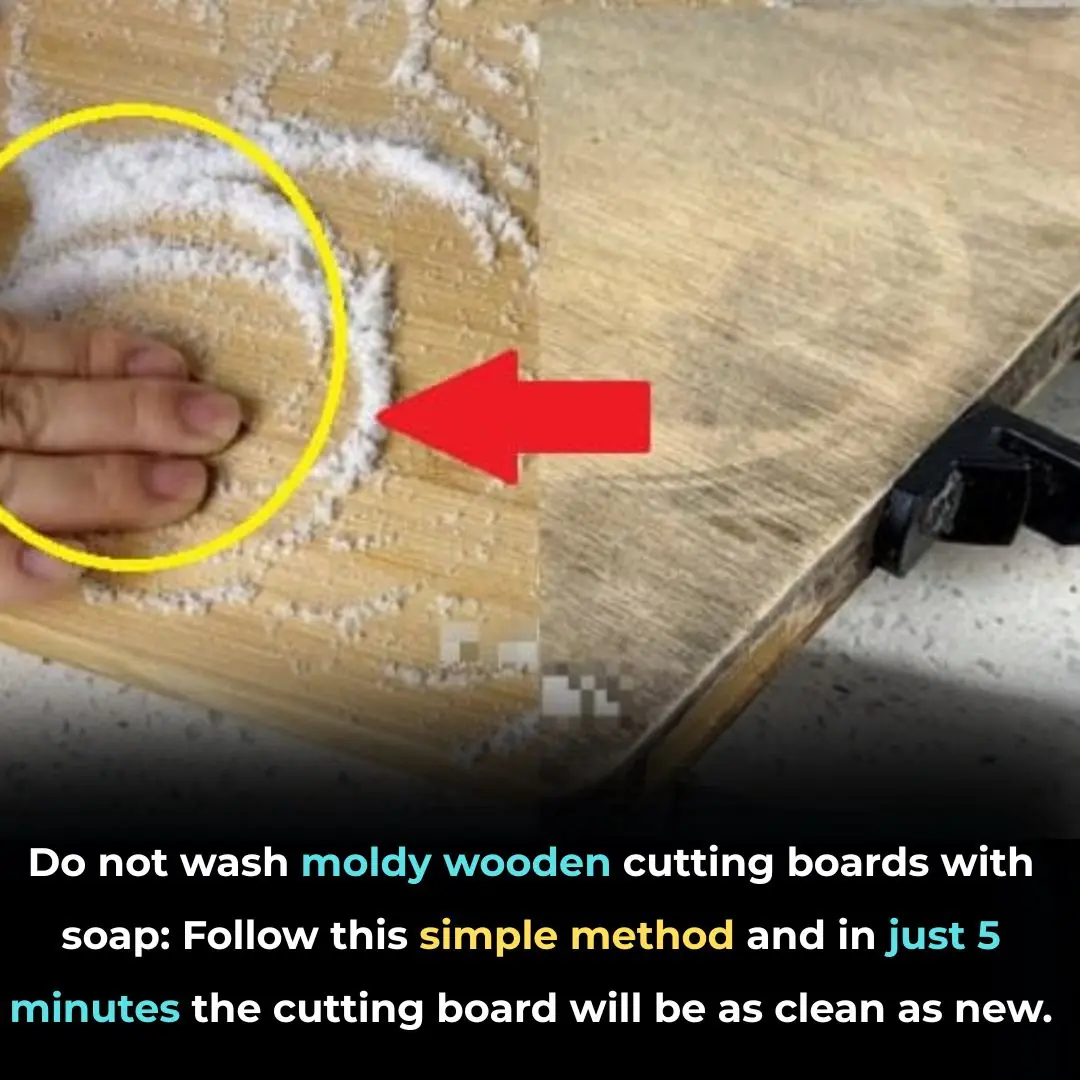
🪵 Don't Wash Moldy Wooden Cutting Boards with Soap—Try This 5-Minute Natural Cleaning Hack Instead

🌾 Ginger and Rice Water Hair Treatment: A Natural Secret for Fast Growth, Thicker, Shinier Hair

Colgate Toothpaste for Face Whitening: The Secret Combo of Tomato and Colgate 🍅✨

Emotional Starbucks Employee Reaction Over Long-Hour Shift Sparks Debate

Shocking Discovery at Her Son’s Bed Leaves Mom Terrified
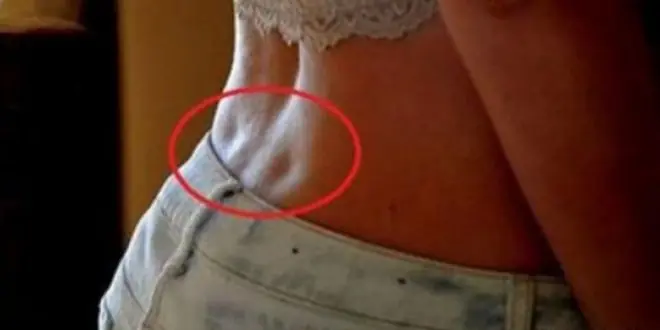
If You Have These Two ‘Dimples’ on Your Lower Back, This is What They Mean

How My Nana’s Baking Soda Skincare Routine Became My Favorite Beauty Secret

Popular Drink Could Be Permanently Staining Your Teeth Yellow, Experts Say

Powerful Natural Remedies for Ear Infections That You Can Try at Home

CRISPR Breakthrough: Scientists Achieve Complete HIV Eradication in Lab Cells

Northern lights alert : the best displays in years could be coming

The Science Behind the Blood Moon: How Earth’s Shadow Creates the Red Glow
